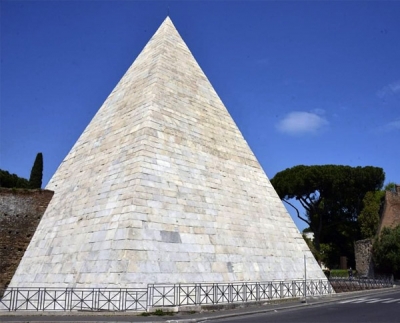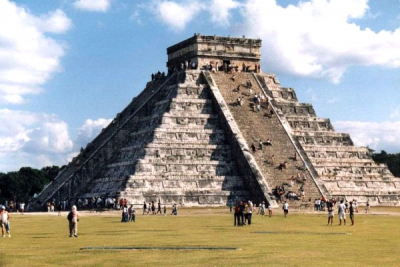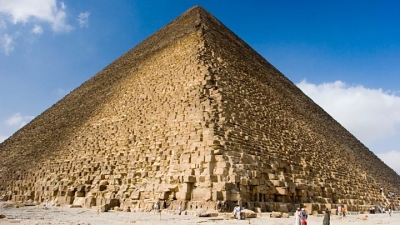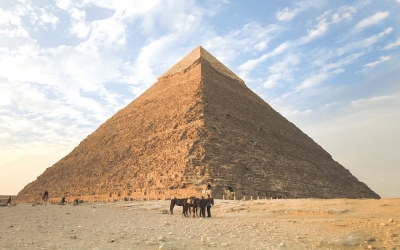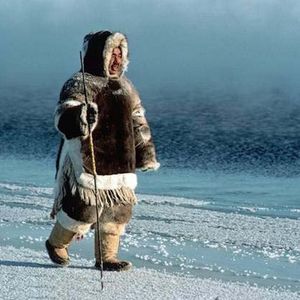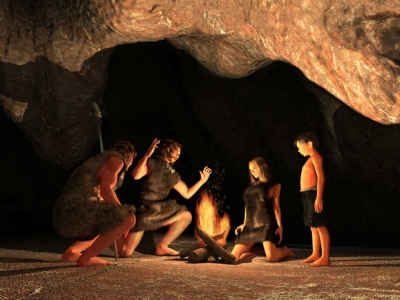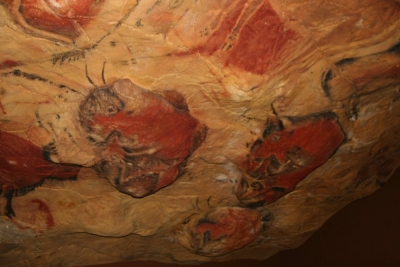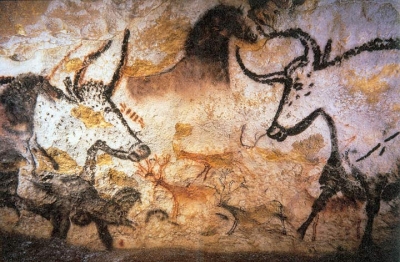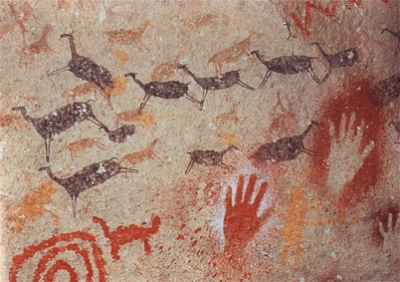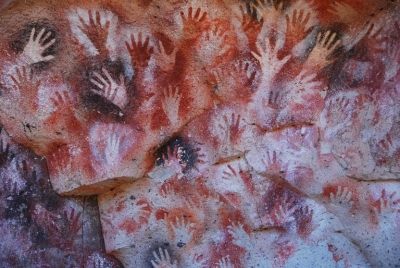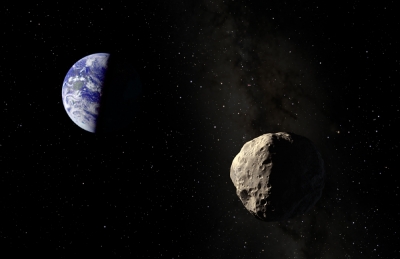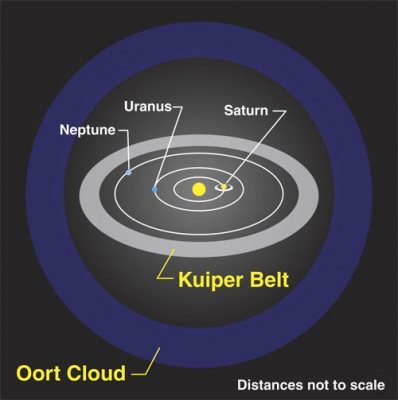Where is Ziggurat of Ur located? When was it built? How big is it? Why was it built?
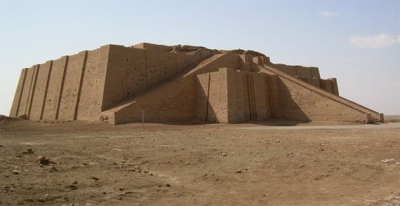
It is located in Ur, Iraq. It was built around 21st century B.C. It is 210 feet (64 m) tall. The Great Ziggurat of Ur was dedicated to the moon god Nanna, who was the patron deity of the city. As the Mesopotamian gods were commonly linked to the eastern mountains, the ziggurat may have functioned as a representation of their homes. Thus, the people of Ur believed that their ziggurat was the place on earth where Nanna chose to dwell. Therefore, a single small shrine was placed on the summit of the ziggurat for the god. The people of ancient Mesopotamia believed that their gods had needs just like their mortal subjects. Hence, a bedchamber was provided for Nanna in the shrine on top of his ziggurat. This chamber was occupied by a maiden chosen to be the god’s companion. On the side stairway of the ziggurat’s north western part is a kitchen, which was likely used to prepare food for this god. The god’s mortal servants had to be provided for as well, and the outer enclosure of the ziggurat contained a temple storehouse, the houses of the priests and a royal ceremonial palace.
Picture Credit : Google
